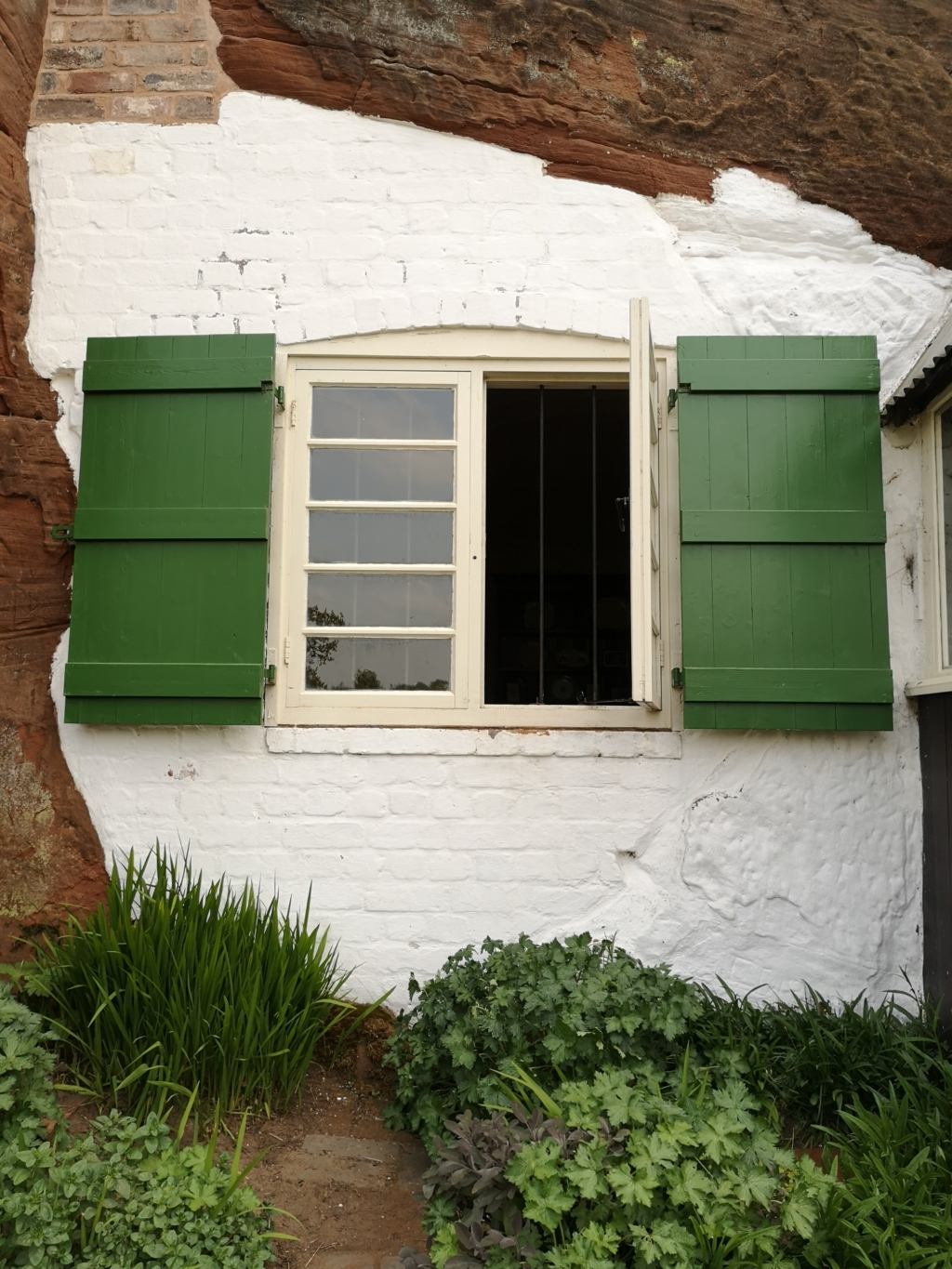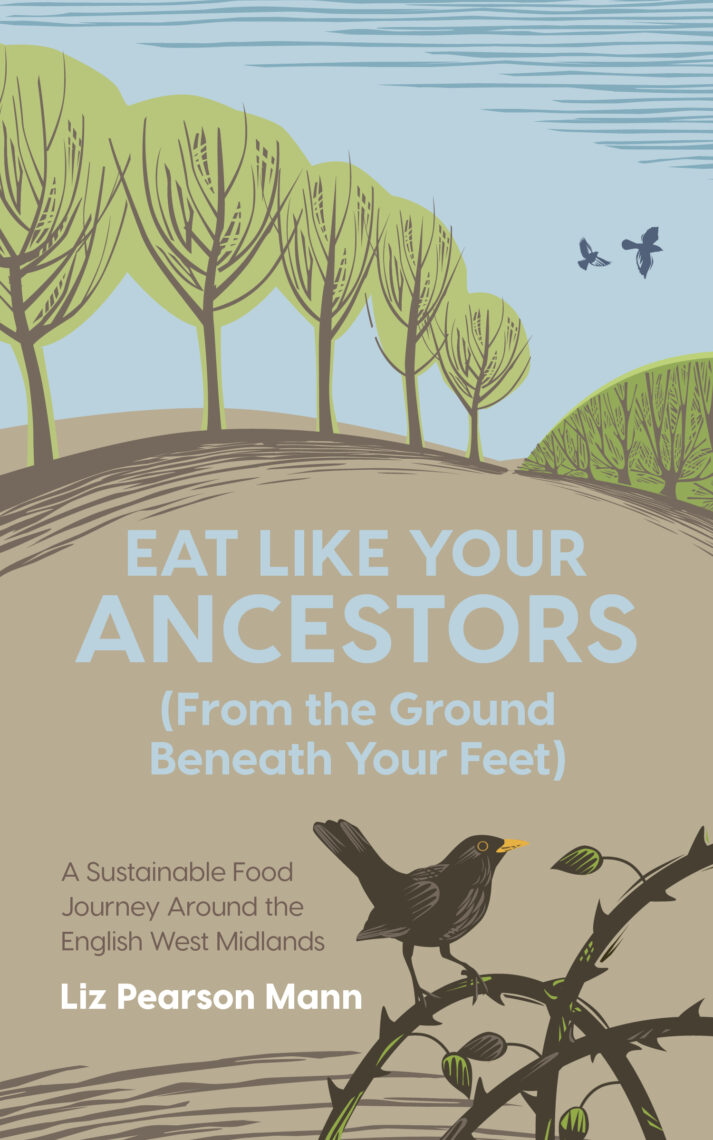The image above isn’t from Red Rock Farm, but I’ve been talking about food from the hills. I’ve been on a journey around the English West Midlands, where I live, thinking about food that saves the planet. I started in Shropshire, and now I’ve moved round to north Worcestershire, where food and farming culture is built upon slopes clothed in red, sandy soils.
This is a preview of Chapter 2 (Red Rock Farm) from my book, out now. See Eat Like Your Ancestors (From the Ground Beneath Your Feet): A Sustainable Food Journey Around the English West Midlands.
Follow me round the compass from where we stand. For our tour we swing clockwise, south and east to a small family farm where my husband, Andy, grew up, north of the town of Kidderminster, just over the Shropshire border into Worcestershire.
I’ve asked him why they kept only very few cows. He explained that it’s sheep farming country where the grass is short, tufty grass which isn’t lush enough for cattle but fine for sheep. They hardly ever grew any crops outside of the vegetable garden. Neither did their neighbours, for the terrain is hilly and crops are hard to grow on the sandy soils.
The pasture knits the soil together, acting as a sponge, holding in water and organic matter, reducing flooding in winter and drought in summer. The sheep poop on those hills, replenishing nutrients that rejuvenate the red sandy soils that overlie buff red rocks. Rocks which tower over the roadside in places, washed and sculpted by the rain into odd shapes. The red sandstone has shaped how people lived and how they farmed. It’s a distinctive landscape.
One that’s shaped how people lived in more ways than one as people lived in those rocks until fairly recently. My husband used to cycle up to one site at Kinver Edge near the Worcestershire/Staffordshire border, and look down on the farmscape all around – back down to his own family’s farm too. They were empty caves at the time of his teenage rambles.
The Kinver rock houses are well known, for it’s thought that J R R Tolkein may have taken his inspiration from these houses for his novel The Hobbit. He lived in nearby Birmingham whilst people still lived in them. They were only closed down in the 1960s, but now you can visit them as the National Trust has reconstructed them.
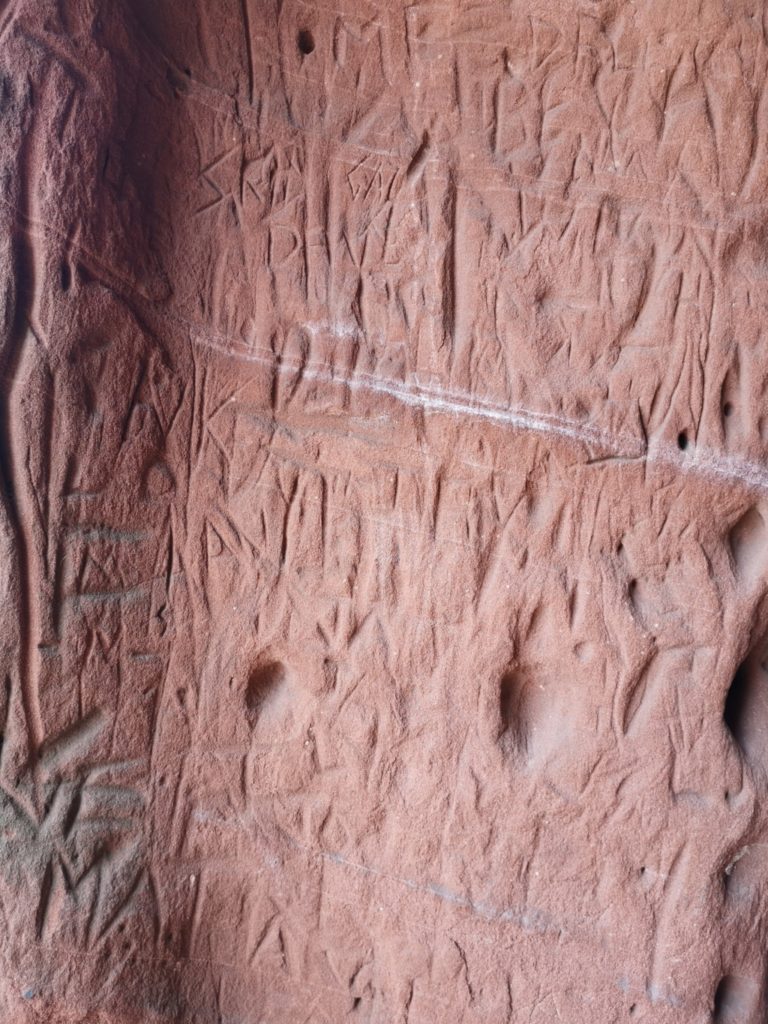
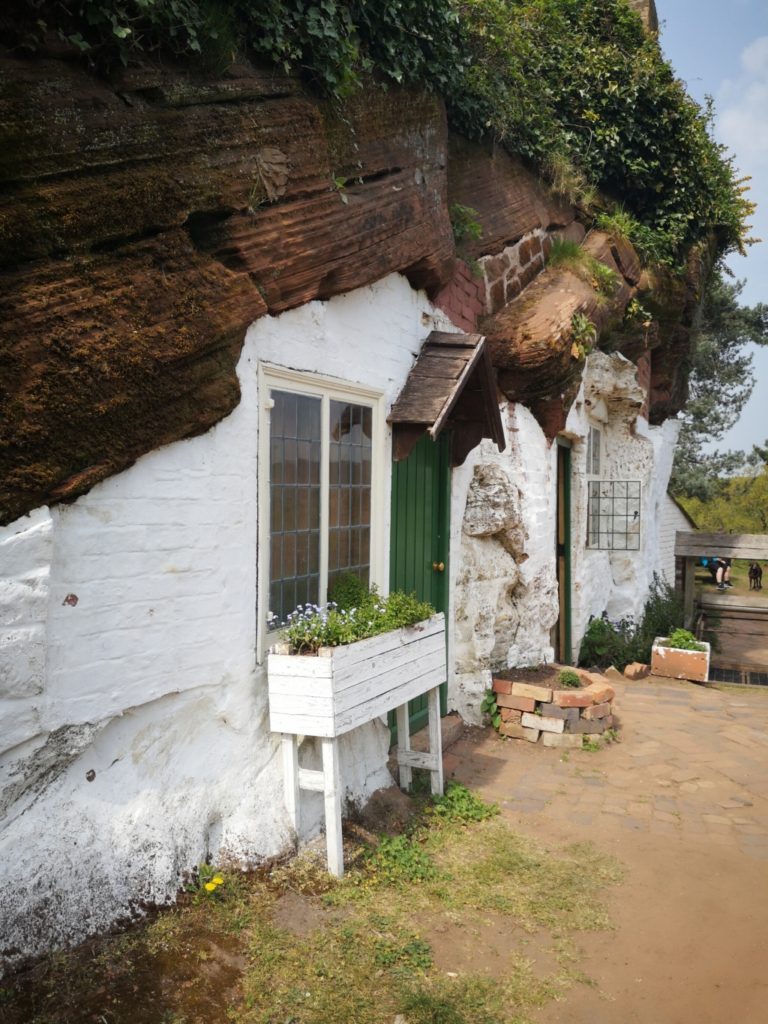
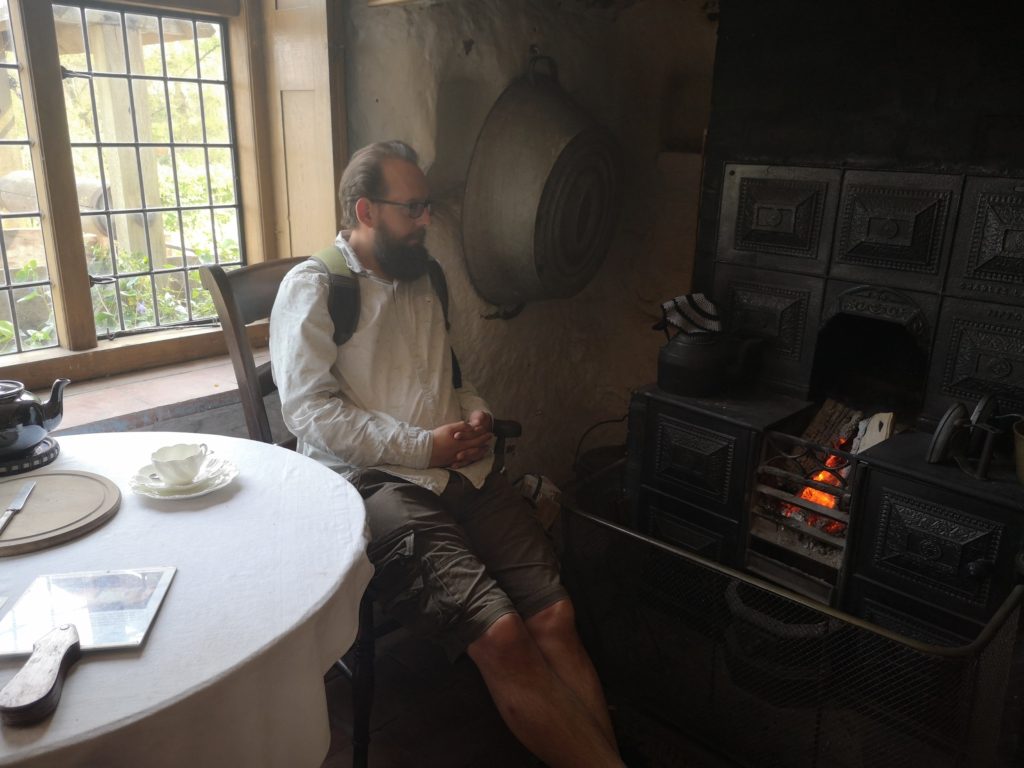
Easter Visit to Red Rock Farm
My husband’s small family farm was just to the south, on the same hilly terrain and red sandy soils. It’s an environment more suited to sheep farming than growing broccoli. We shall call it Red Rock Farm.
Read more about Red Rock Farm and food from the hills. Hills: we have plenty of them in the British Isles, and the world over. But next we head down to lower lying ground, to land of Cow and Corn.
If you’ve enjoyed this content, you may like to know about my book about sustainable food. It’s centered on a journey around where I live, but it’s relevant anywhere. And, it’s out now….
